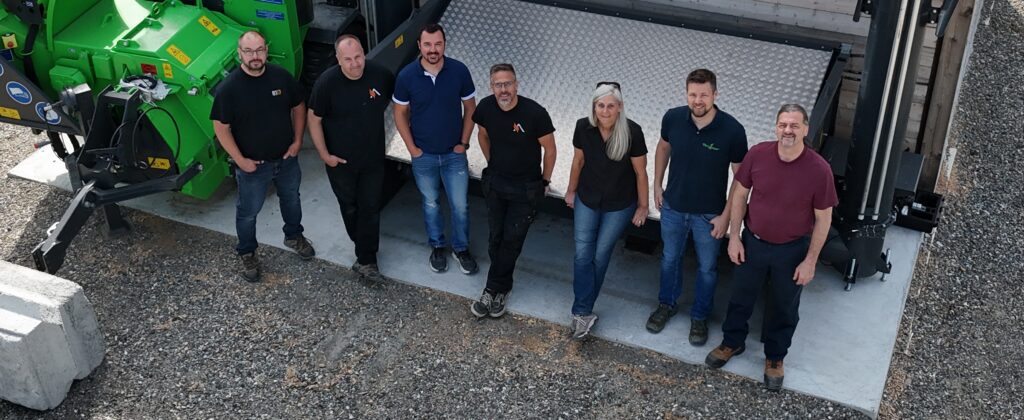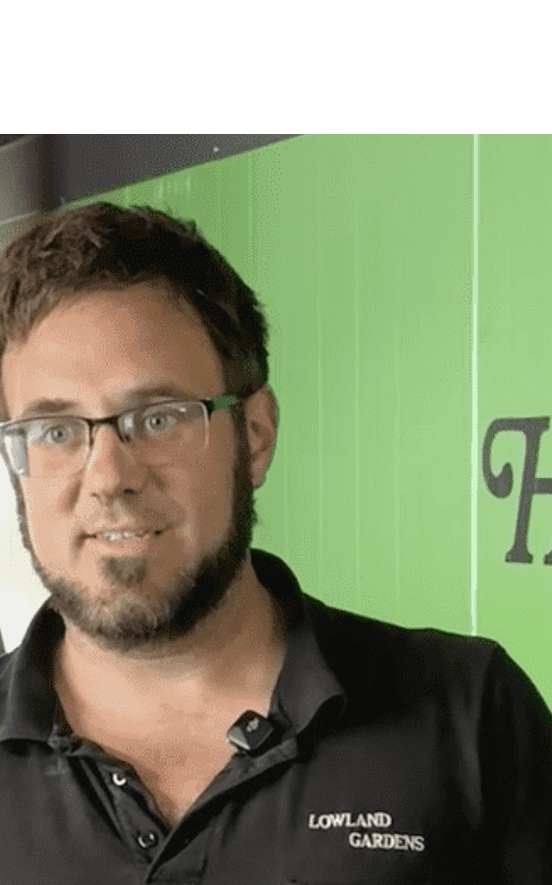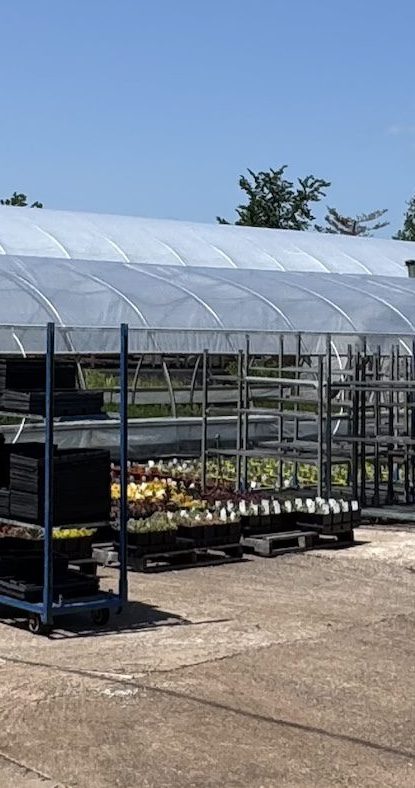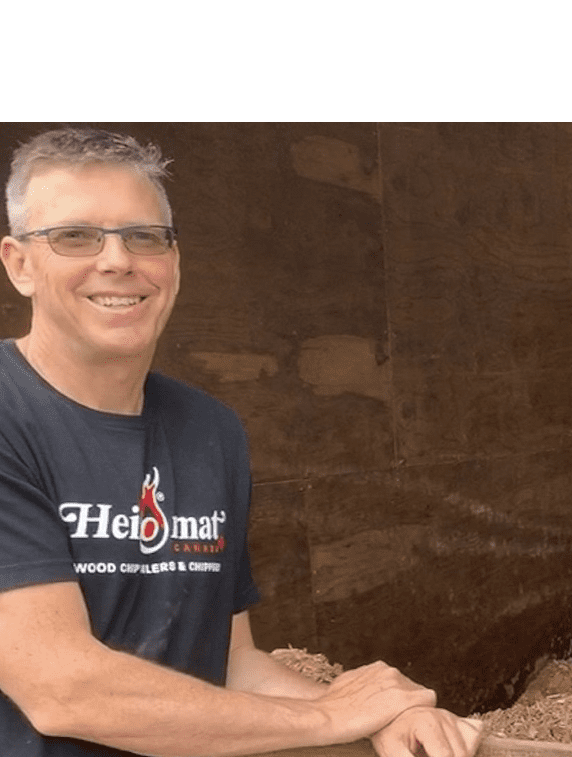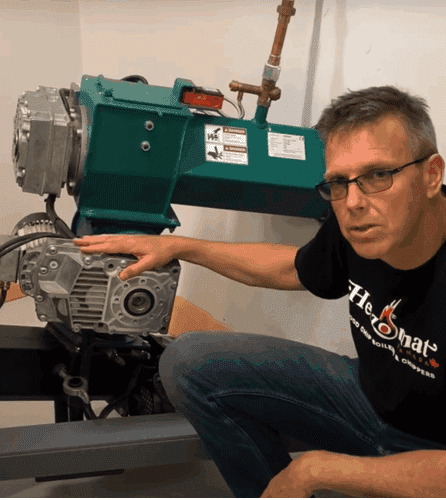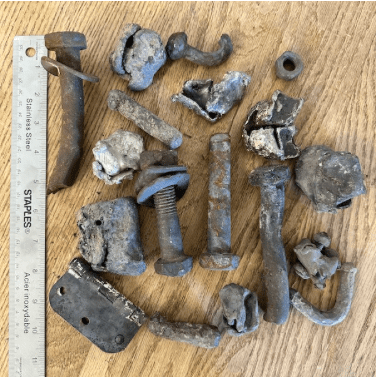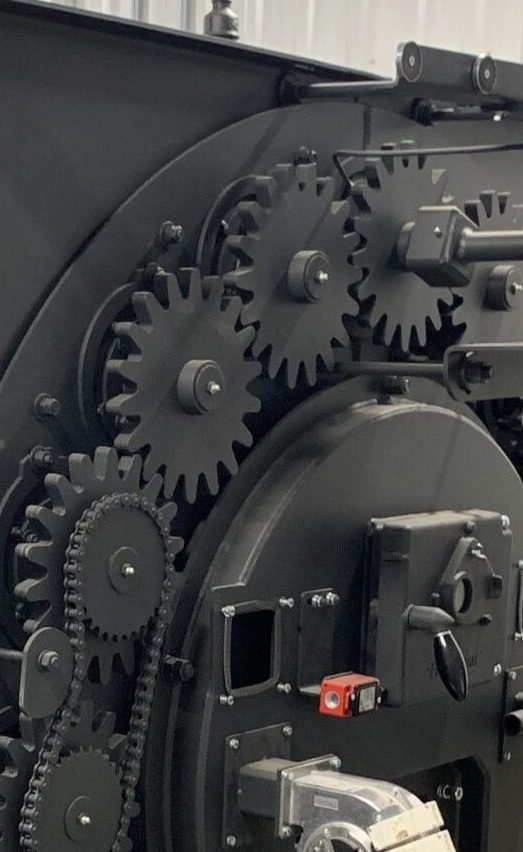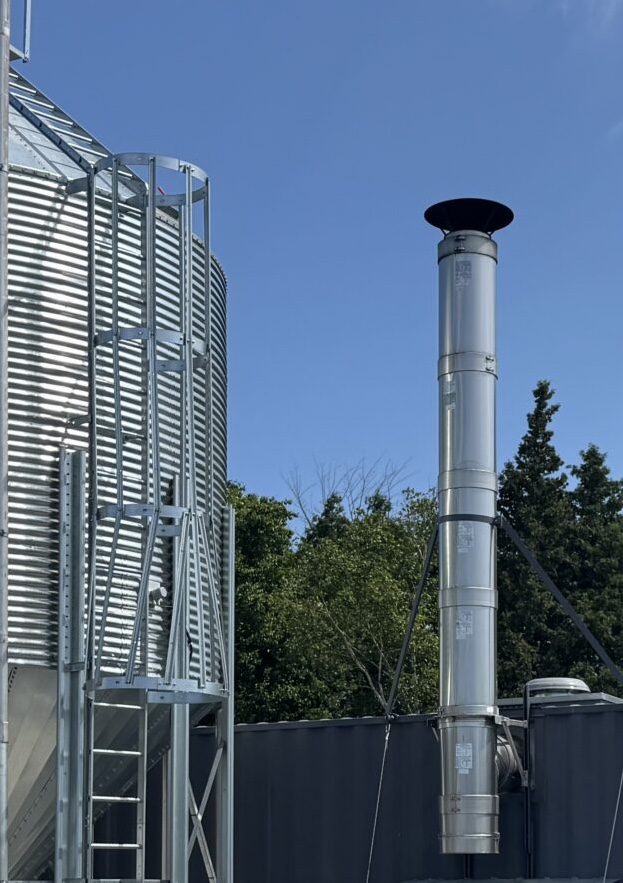4 Methods for Finding
The Right Sized Boiler for You
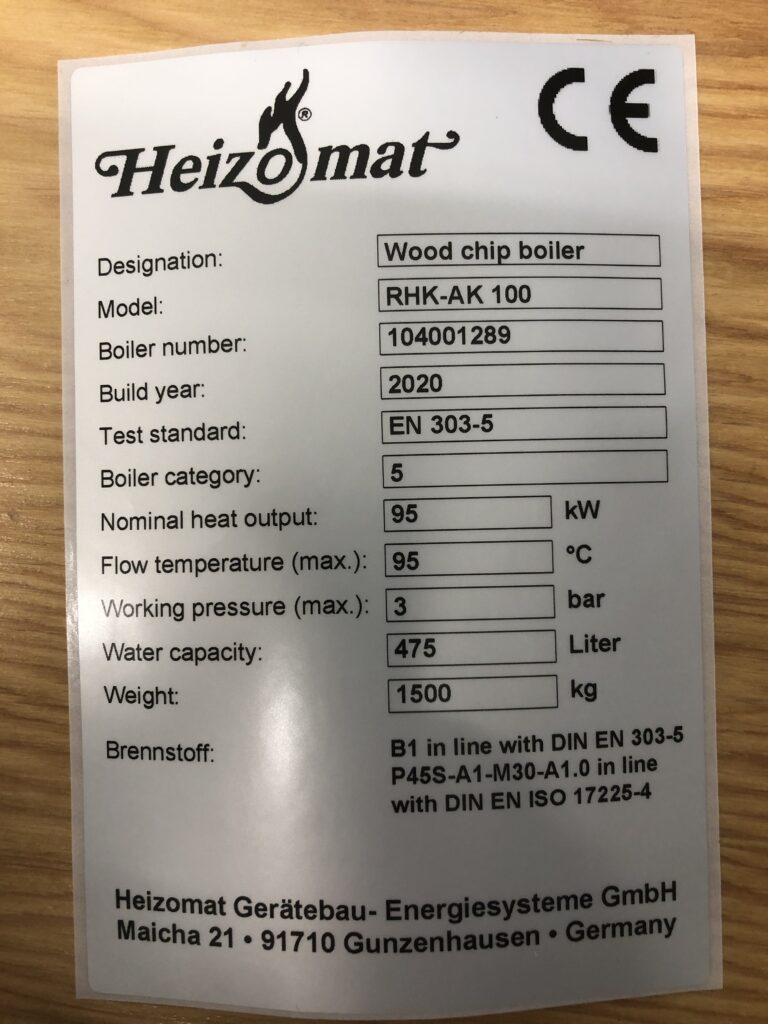
Check Out the Name Plate of your Existing Furnace or Boiler
What is the kW or BTU rating of your current boiler or furnace? Now ask yourself:
Are there other buildings both current and future that could benefit from low cost heat? If so can you estimate how much more heat you would need over the current load on your boiler/furnace?
With this information you can begin to get some ideas on the costs to upgrade to a new woodchip system.
Often the answer to which size, comes down to a few options from which you can choose the right one for your project and budget.
This can be a good option for projects where the current heating system has effectively handled the heat load and is simply being replaced with no changes to heat demand.
Calculate your Total Square Footage … and Estimate.
When estimating a boiler size we use a rule of thumb of 100 square feet per kW to start.
For example, if you are heating 10,000 square feet, we would estimated that a 100kW boiler could handle this heat load. Here we are using the following assumptions:
Average winter temperatures for Southern Ontario
Average inside temperature, usage and insulation factors for a residential home.
These are a lot of assumptions that likely will not match your project! Your building(s) may:
- have less insulation,
- have more doors and windows that open during the coldest times,
- be located in a colder part of Canada, or
- not need to be heated to full residential temperatures
This rule of thumb gives us a starting point and then you can upsize your downsize your boiler according to the degree to which it varies from these assumptions.
For eg. You are heating 12,000 square feet of residence and workshops. Boiler sizes closes to this would be 100kW (approx 10,000 sqft), 150kW (approx 15,000 sqft) and 200kW(approx 20,000 square feet).
The 100kW would likely be able to handle the load especially if the workshops are not heated to full temp and don’t have big doors opening and closing all day.
The 150kW or 200kW would allow for future expansion and heavier use of the workshops.
Now check out the pricing of your boiler options and get a feeling for which one would best suit your budget and current and future plans.
This can be a cost effective option for existing builds and small farm operations.
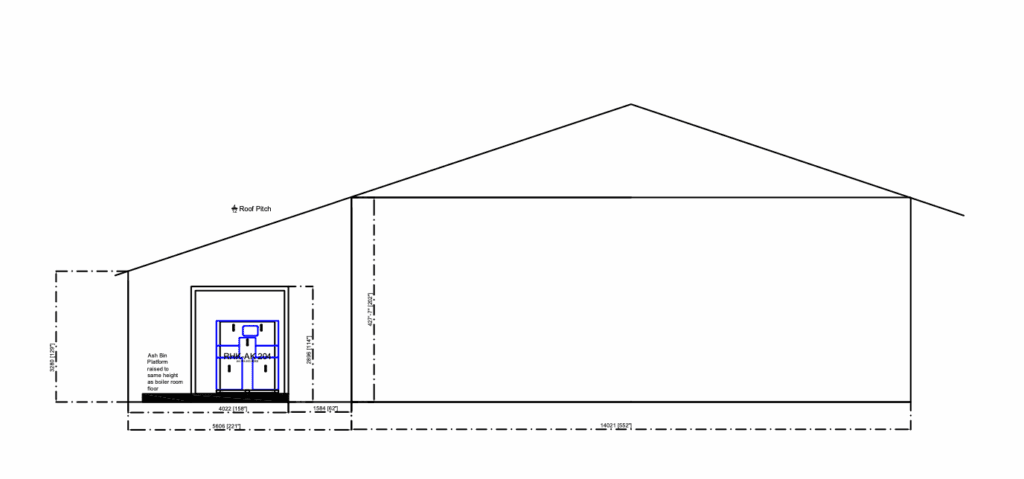
Planning a New Build? Ask your Supplier.
With new buildings, often your supplier or contractor with have access to this information for you.
Greenhouse and pre-manufactured building suppliers are a good example of this.
When working with a contractor on a new building, they may also have people on their team who can provide you with this information.
Greenhouses, Pre-manufactured buildings and New Builds with General Contractors.
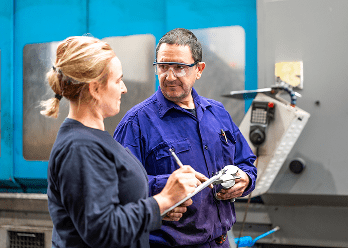
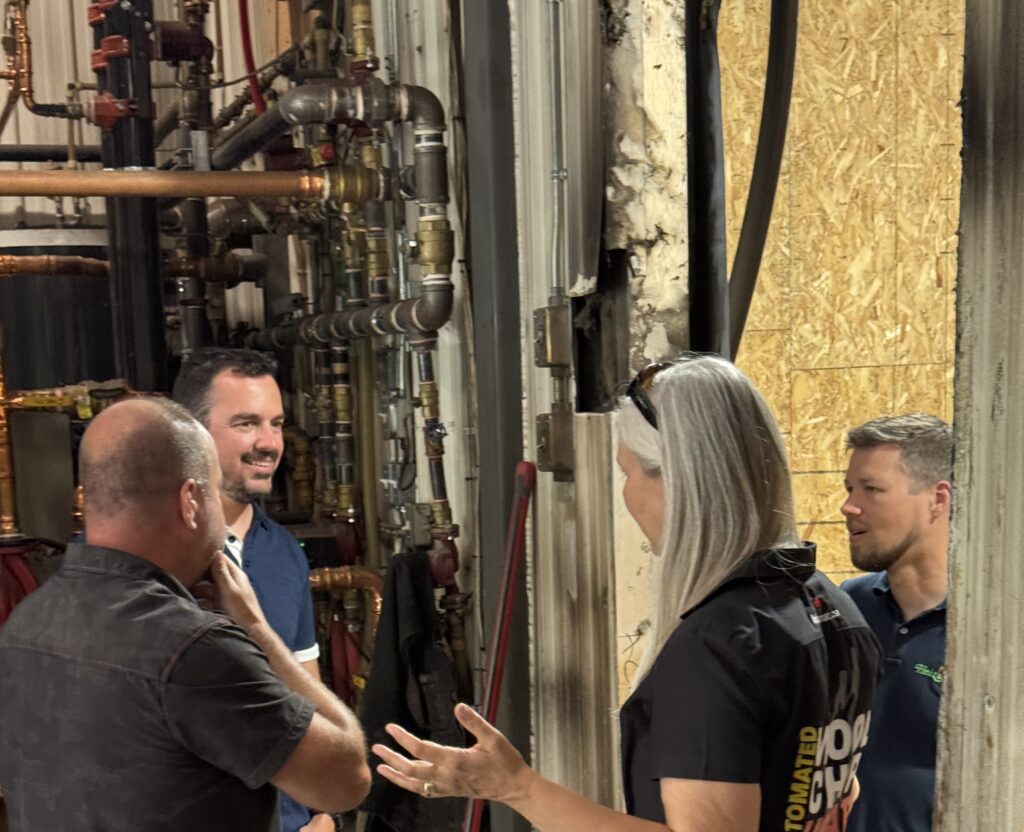
Get Heat Calculations done by a Professional.
You can hire experts in the industry who can take detailed measurements of your building envelope to calculate the heat loss. This is the most accurate way to size your boiler.
they will take things in to account such as your operation processes, eg how often large doors may be opening and closing and what machinery is in the building that produces heat.
These calculations lead them to a the final BTU/kW rating recommended for your heat system.
This is certainly a best practice for new builds and essential for Industrial and Commercial buildings as well as District Heating.
Whichever method is best for you…
Our team is here to support you in this planning and evaluation stage.
Our commitment is to support you in finding the best system for your needs.
Yes we know we are biased, but we also care and we know that selling the right product is key to everyone’s success, even if that right product isn’t ours.
.
